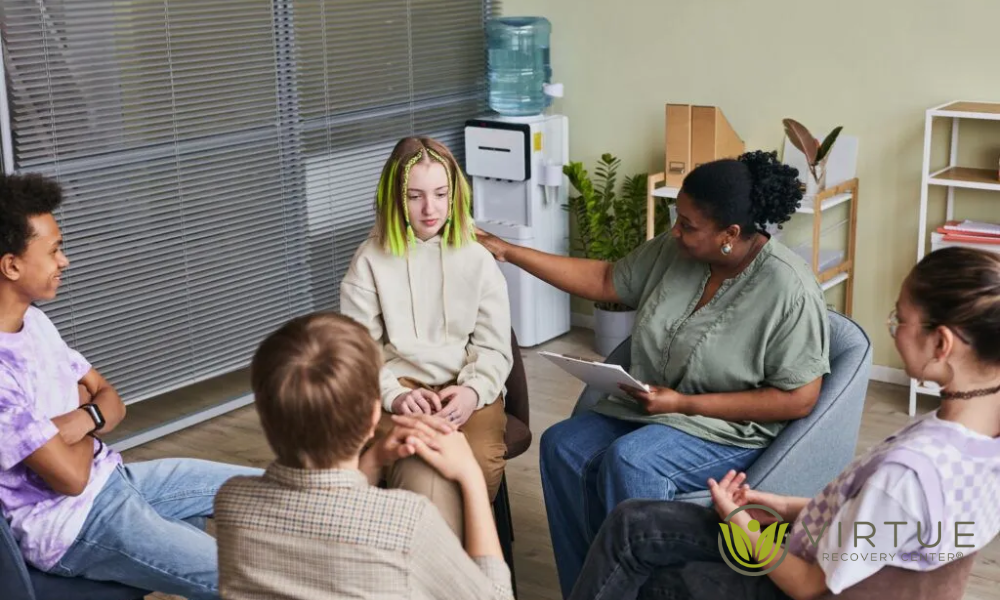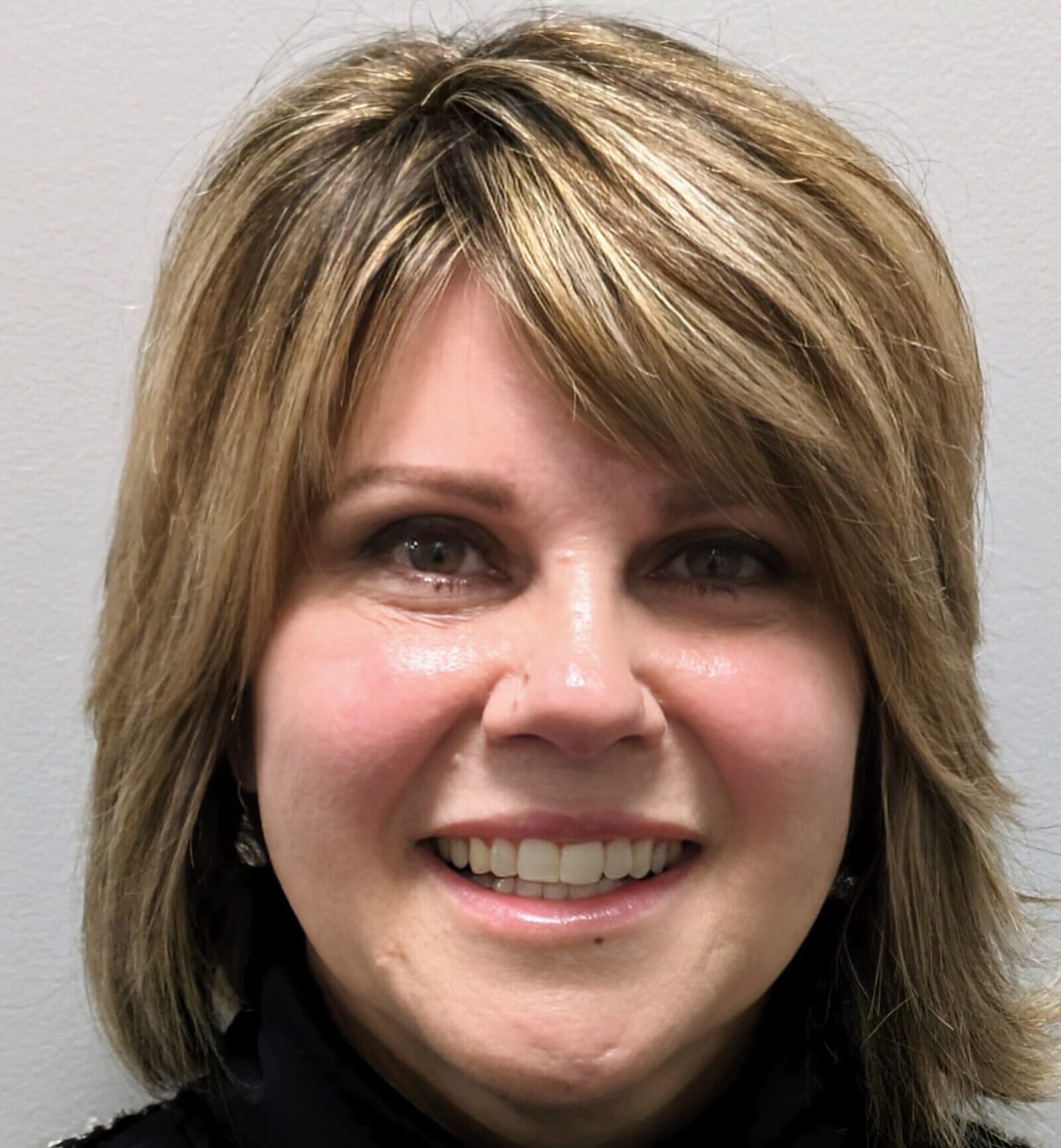Key Takeaways
- Finding heroin paraphernalia early can help stop people from using it for a long time and overdosing.
- Syringes, burned spoons, rubber ties, and small bags are all standard drug paraphernalia.
- When someone is found to be using heroin, addiction treatment programs offer professional evaluation and targeted care.
- People who use heroin often have other behavioral problems at the same time, like depression and compulsive eating.
- Long-term substance use treatment helps people who are addicted to drugs and those who are mentally dependent on them.
- Heroin is still one of the most dangerous drugs, and people who are addicted to it often need specialized rehab to get better.
Introduction
One of the most harmful and addictive substances on the market right now is heroin. Given how covertly heroin use permeates homes, communities, and even workplaces, it is critical to recognize the warning signs of heroin use, particularly heroin paraphernalia, to provide prompt assistance. It’s not just about being careful for families, friends, and caregivers to know about these tools; it’s about saving lives. Getting help from structured addiction treatment programs early on can make a huge difference for someone who is on the road to opioid dependence. There is a lot at stake. Thousands of people die from heroin overdoses, and according to the CDC, late detection often leads to preventable tragedy.What Is Heroin Paraphernalia, and Why Is It Important?
Heroin paraphernalia is anything that is used to take the drug, like tools, equipment, or other things. Even though people take it in different ways, some common signs are:- Syringes or needles for under the skin
- Spoons that have been burned with residue
- Cotton balls (for filtering)
- Rubber shoelaces or tourniquets (used to find veins)
- Balloons, plastic bags, or foil that are small
- Lighters or candle ends
- Straws or rolled-up bills (for snorting heroin powder)

How Can Programs for Treating Addiction Help After You Find Out?
When someone is suspected of using heroin, time is of the essence. But talking to someone about their drug use can be hard and make you feel a lot of things. That’s where programs to help people with addiction come in. Most of the time, these programs offer:- Initial tests to confirm drug use and check on overall health
- Detox with medical help for safe withdrawal
- Behavioral therapy to deal with the mental causes of addiction
- Life coaching and long-term strategies to avoid relapsing
What Is It About Heroin That Makes It So Dangerous?
Heroin is an opioid that comes from morphine and makes people feel pleased, which changes the brain’s reward system. But this high doesn’t last long and is often followed by a resounding crash. As time goes on, the brain changes and needs higher doses to feel the same effects. This makes the risk of overdose much higher. The fact that heroin is increasingly mixed with fentanyl makes this danger worse. Fentanyl is up to 50 times stronger than heroin, and even a small amount can kill you. That’s why it’s essential to spot heroin paraphernalia early. The best thing to do after seeing signs is to sign up for a substance use treatment program.What Are the Different Parts of Substance Use Treatment Programs?
The way substance use treatment is set up now goes beyond just detox. According to the CDC, effective recovery addresses not just the addiction, but the whole person—physically, emotionally, and socially.Treatment usually includes the following:
- Detoxification: A medically supervised process to safely deal with withdrawal
- Individual and group therapy, such as cognitive behavioral therapy (CBT), motivational interviewing, and trauma-informed care
- Medication-Assisted Treatment (MAT): This includes drugs like methadone or buprenorphine that help with cravings.
- Training in life skills and help in finding a job
- Family therapy and groups for people in recovery
Can You Find Paraphernalia in Strange Places?
Yes. People who use heroin often hide their drugs in strange places. Some people might use:- Toiletry bags or makeup bags
- Books with holes in them
- Socks, shoes, or jacket linings inside
- In glove compartments or under car seats
- Hidden in ceiling tiles or air vents
What Are the Warning Signs That Go Along With Paraphernalia?
Along with physical signs, there are also behavioral signs that often happen when someone uses heroin:- Sudden sleepiness or “nodding off”
- Losing weight for no reason
- Pinpoint pupils
- Marks or bruises on the arms and legs
- Not wanting to be around other people and acting secretive
- Changes in appetite, like overeating when stressed

What Makes Heroin So Common?
Heroin is still widely used even though people have known about it for decades. Here are some reasons why:- Not as expensive as prescription opioids
- Available in both cities and the countryside
- Quickly addictive power that keeps users coming back
- Some areas lack access to quality treatment.
How Can Rehab for Heroin Addiction Make a Difference That Lasts?
Rehab centers for heroin addiction don’t just help people feel better for a short time; they also try to change the way people think, act, and live their daily lives. These places give patients a chance to start over with structured routines, professional counseling, and support from other patients.Rehabilitation often includes:
- 12-step integration or other options like SMART Recovery
- Support for nutrition and activities that improve fitness
- Care for depression, anxiety, or trauma with a dual diagnosis
- Job training or help with schoolwork
How Does Impaired Decision-Making in Addiction Affect the Use of Heroin Paraphernalia?
The impact of addiction on decisions profoundly influences how individuals use heroin paraphernalia. Impaired judgment can lead to risky behaviors, increasing the likelihood of sharing needles or neglecting hygiene. This not only heightens the risk of disease transmission but also perpetuates the cycle of addiction, further complicating recovery efforts.
Conclusion
Not everyone who uses heroin starts with a significant overdose or a crash that everyone can see. A spoon, a syringe, or a rubber tie is often the first thing that happens. These little things that seem unimportant are warnings. Finding them early makes it possible to help, keep them safe, and heal. Addiction treatment programs give you a structured way to get out of heroin’s grip, whether it’s through clinical detox, ongoing therapy, or integrated support. Don’t wait until something bad happens to do something. It’s time to get help if you see signs. Call Virtue Recovery Las Vegas at 866-520-2861 to talk to a qualified admissions coordinator. This is the first step toward getting over your heroin addiction for good.FAQs
What things are considered heroin paraphernalia?
Needles, burnt spoons, lighters, rubber bands, and small bags or foil are all common items. These are tools that people often use to prepare or inject heroin.What should you do first if you find heroin paraphernalia?
Contact a nearby program for addiction treatment. Staff members who have been trained can give you a private assessment and help you decide what to do next.Does using heroin make you want to eat all the time?
Yes. Some people may develop unhealthy eating habits, like overeating, either while they are going through withdrawal or as a way to deal with stress.How long does heroin rehab last?
Rehab for heroin addiction usually lasts between 30 and 90 days, depending on how bad the addiction is and how well the person is doing.Why is heroin more dangerous than other drugs?
Heroin is one of the deadliest street drugs today because it is powerful, its purity is hard to predict (especially when it is mixed with fentanyl), and it works quickly.Resources:
- Centers for Disease Control and Prevention. Heroin. U.S. Department of Health & Human Services, 9 June 2025, https://www.cdc.gov/overdose-prevention/about/heroin.html.
- Centers for Disease Control and Prevention. Treatment of Substance Use Disorders. U.S. Department of Health & Human Services, 25 April 2024, https://www.cdc.gov/overdose-prevention/treatment/index.html.
- Substance Abuse and Mental Health Services Administration. Clinical Drug Testing in Primary Care: Guidance for Substance Use Assessment. Technical Assistance Publication (TAP) 32, SAMHSA, U.S. Department of Health & Human Services, 2012, https://www.govinfo.gov/content/pkg/GOVPUB-HE20_400-PURL-gpo31218/pdf/GOVPUB-HE20_400-PURL-gpo31218.pdf.









